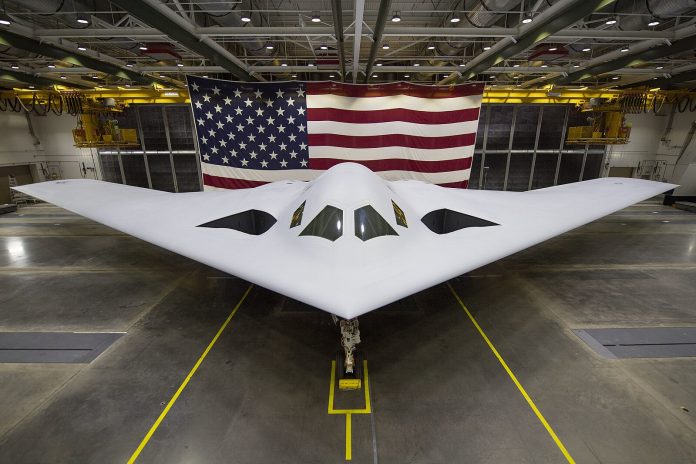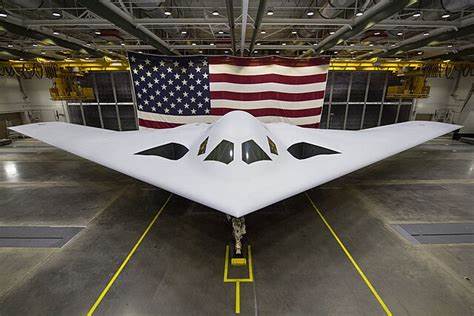
The United States Air Force’s B-21 Raider represents the pinnacle of stealth technology and strategic bombing capability.

Named after the valiant Doolittle Raiders of World War II, the Raider’s first flight in November marked a significant step forward in the U.S. Department of Defense’s quest to modernize its nuclear triad.
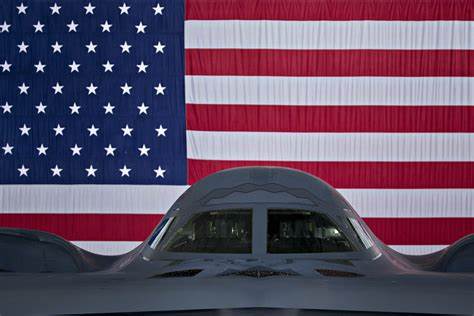
Northrop Grumman has been working diligently on this project, with six prototypes currently in production at their Palmdale, California facility.

This high-tech bomber features state-of-the-art technology and an open systems architecture, ensuring adaptability and cost-effectiveness in a rapidly evolving threat environment.
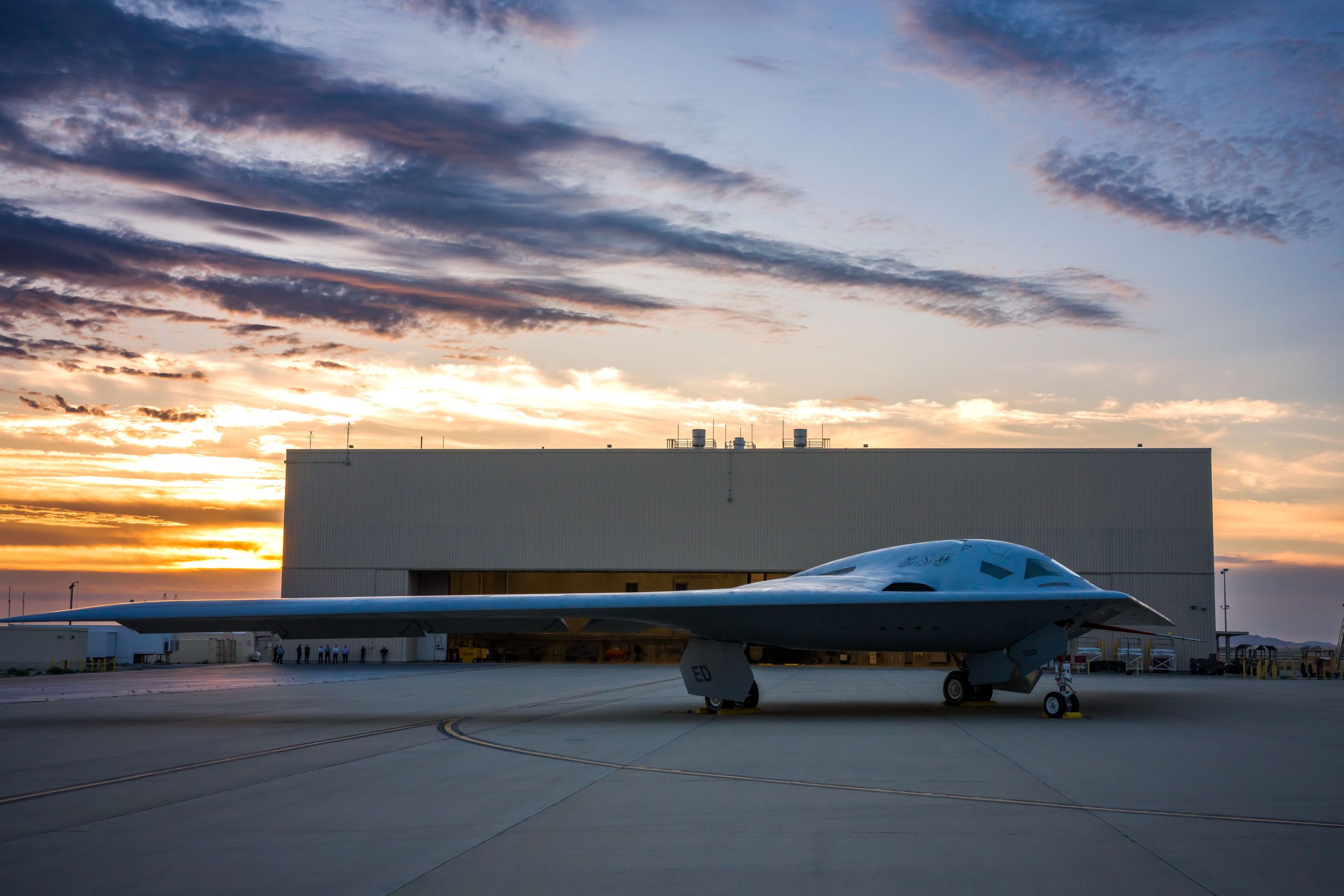
Yet, there’s one major concern that cannot be overlooked: the number of B-21s expected to be operational in the next decade hovers between 24 and 30—an alarming figure when considering potential conflicts with adversaries.

Colonel Mark Gunzinger, USAF (Ret.), emphasized the gravity of the situation, stating, “More resources can buy back future risk and that’s what a more aggressive acquisition rate for the B-21 can do.”

Despite advancements and the undeniable need for such a platform, the acquisition rate for the B-21 might peak at around 13 per year.
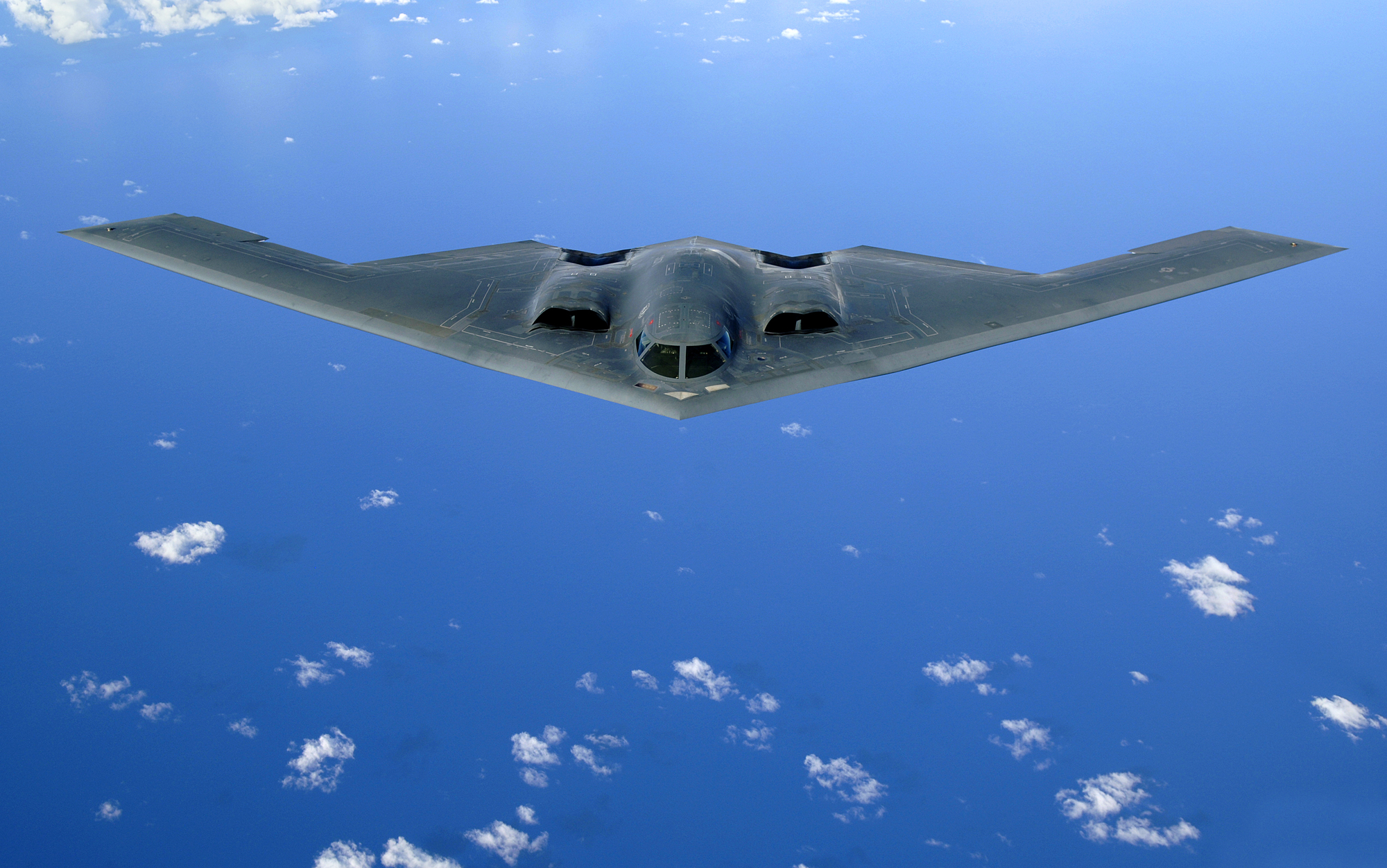
The strategic necessity of the B-21 is compounded by the fact that the current fleet of B-1, B-2, and B-52 bombers is projected to shrink to 133 by 2033, down from today’s 141.

The Air Force’s vision of a fleet of 132 B-2 Spirits was dramatically downsized to just 20, a decision influenced by the end of the Cold War and high operational costs.
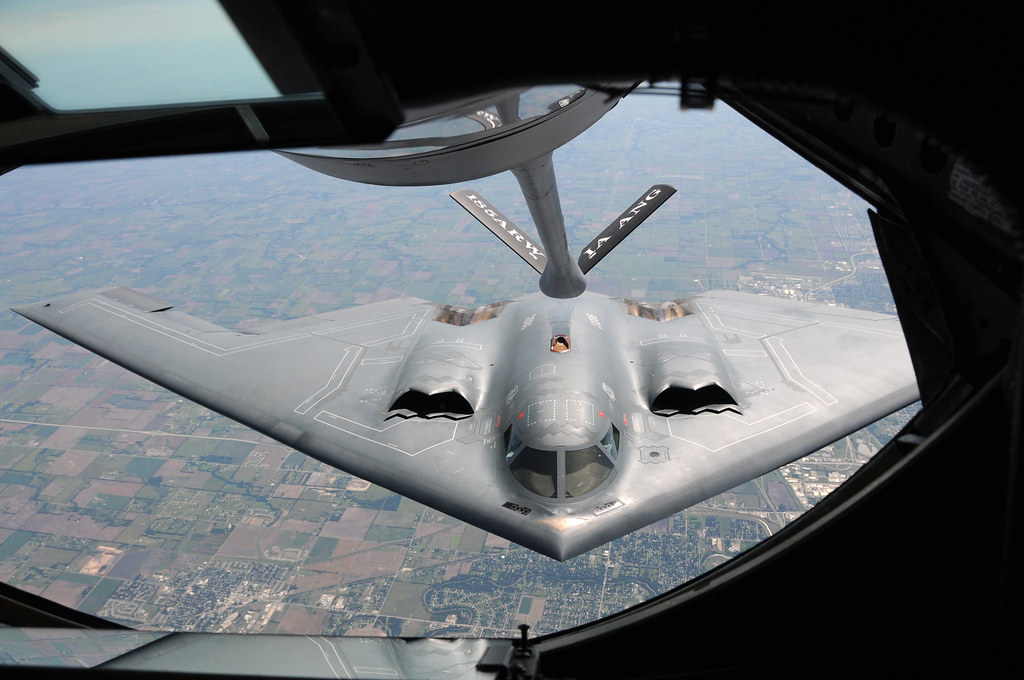
The aging B-1 Lancer and B-2 Spirit are nearing the end of their service life, leaving the B-21 as the sole contemporary solution.

It’s also expected to operate with drones, significantly enhancing its capabilities.

However, with production rates lagging, concerns linger that the U.S. may not have sufficient aircraft to tackle the challenges posed by near-peer competitors.

The U.S. Air Force’s B-21 Raider stealth bomber has been granted an exemption from a Title 10 stipulation that necessitates the defense secretary to request permission for a low-rate initial production purchase exceeding 10 percent of the entire production quantity for a Major Defense Acquisition Program (MDAP).

The Air Force remains focused on a fleet evolution, which will see a shift from the current mix of B-52s, B-2s, and B-1s to a future composition of 100 B-21s and upgraded B-52s in the 2030s.

With both the B-1 and B-2 scheduled for retirement by 2032, the urgency for a fully operational B-21 fleet is clear.
Relevant articles:
– The B-21 Raider Bomber Has 1 Big Problem It Can’t Fix, The National Interest
– B-21 Raider Bomber Has One Problem It Can’t Seem to Solve: Math, The National Interest
– USAF Confirms Plans For 100 B-21s While Already Looking To The Future, theaviationist.com
– B-21 Exempt from LRIP Limitation, DoD Says – ExchangeMonitor, exchangemonitor.com
